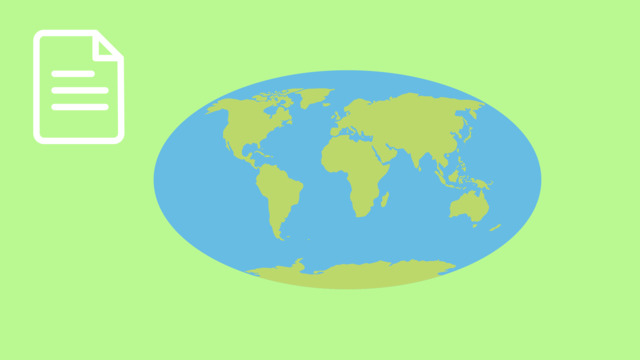Ice to Water Vapour: The Conditions of Water

Basics on the topic Ice to Water Vapour: The Conditions of Water
Phew, what a hot day! Now Uma needs a cold glass of lemonade! Full of anticipation she has already taken out the ice cubes this morning. Mmmhh...where have the ice cubes gone? To unravel the mystery, let's look at "Ice to Water Vapor":"The Conditions of Water" together.
Ice to Water Vapour: The Conditions of Water exercise
-
What are the forms of water around us?
HintsIce is water in the solid form.
When ice melts, it turns into liquid.
Water vapour is invisible.
Solution- Solid - Igloo, Ice
- Liquid - Rain, Ocean
- Gas - Fog, Steam
-
How can Uma cool her lemonade?
HintsIce can help cool liquids.
Water can change its state. Where can she put her drink to cool it down?
SolutionTo cool her lemonade, Uma can do all of the following:
- She can put the lemonade in the fridge.
- She can put the lemonade in the freezer.
- She can add some ice to the lemonade.
-
Find the matching pairs.
HintsWater consists of individual water particles.
This is what the particles look like when water is in solid form.
Above 0 degrees, water particles start to move more strongly and form smaller, disorganised groups.
In water vapour form, water particles move so much that they break away from their groups.
Solution- Water is made up of these - Water particles.
- Water particles form hexagonal crystals - Solid.
- Water particles stay together in small disorganised groups - Liquid.
- Water particles break away from their groups - Gas.
-
Save Yeti's habitat from the Snow Witch!
HintsIce will melt when it warms above 0 degrees.
Heat can cause water to evaporate.
Condensation means that water vapour changes state to become liquid.
Liquid will freeze again below 0 degrees.
Solution- To release Yeti from the ice chamber, you should quickly melt the ice.
- The Snow Witch is at a frozen lake and she has already turned the ice to water. She is making the water evaporate to become water vapour by heating it up!
- Yeti defeated the Snow Witch, but quick, use your cooling wand to condense the water vapour to liquid!
- Keep cooling the water until it freezes again and Yeti's habitat is restored.
-
What happened to Uma's ice cubes when she forgot they were there?
HintsMelting means that something becomes liquid.
Ice melts above 0 degrees.
SolutionWhen Uma returned, she found her ice cubes had melted and turned to liquid or water.
-
What happens to water when it changes states?
HintsWet clothes have water within them, and the heat in the air will cause the water to evaporate.
When water vapour, such as steam, hits a cool surface, it condenses to form a liquid.
Water freezes when it is below 0 degrees.
Solution- Wet clothes dry in the sun because of evaporation.
- Ice skating is possible because of freezing.
- Rain can melt snow and make large puddles.
- When you run a hot bath, you might see drops of water on the mirror. This is an example of condensation.


 Do you want to learn faster and more easily?
Do you want to learn faster and more easily?














I like this video